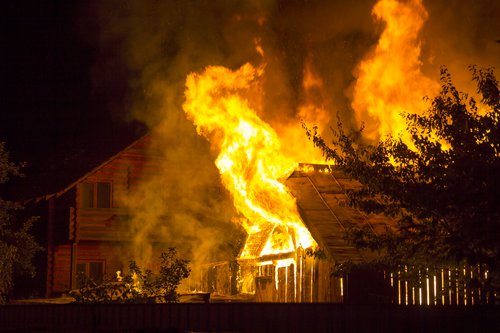$145 billion. That’s how much damage weather-related disasters caused in 2021, according to the National Oceanic and Atmospheric Administration. In a single year, there were 20 separate billion-dollar weather and climate change disasters including unprecedented winter storms, wildfires, tornadoes and hurricanes.
But who is exactly picking up the costs for weather-related events? The direct losses and repairs are picked up by a number of public and private sources including the government (Federal Emergency Management Agency, Small Business Administration, U.S. Department of Housing and Urban Development), nonprofit organizations and private insurance companies. So to sum up, whether through taxes or your insurance premiums, you’re the one paying.
Without further ado, let’s look at some of the ways weather impacted insurance in 2021 and what we may expect in 2022.



